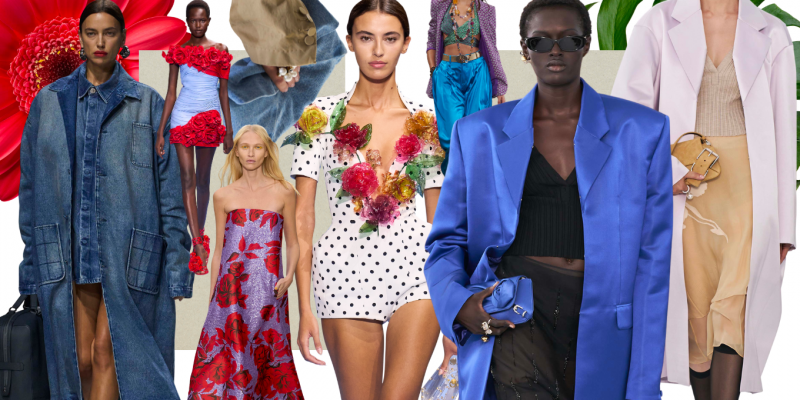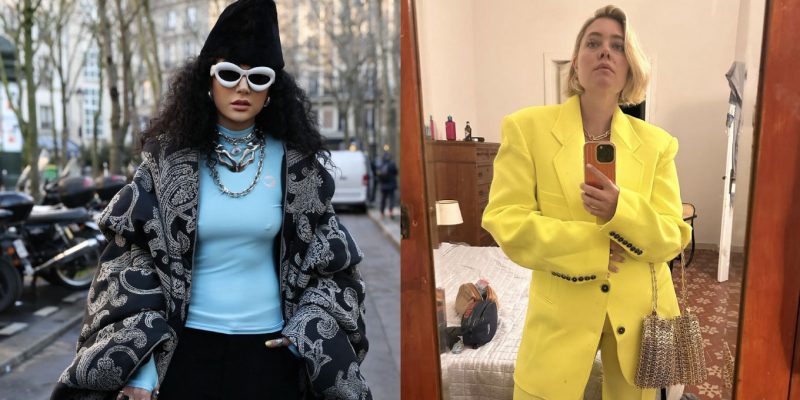Trends
Bird call: Fashion takes inspiration from feathers
This season, no creature is safe from fashion's greedy grasp - that means you too, cockatoo.
by : David Livingstone- Jan 6th, 2009
Up in the treetop, Buddy’s going berserk. A territorial red-winged blackbird, he’s all agitated, ruffling his colourful epaulettes in full display mode and making a racket. They call him a songbird, but his piercing whistle and complaining squawk don’t sound like anything you’d want on your iPod. And he’s got worse in store: From tree to street light to traffic sign, he sweeps down on pedestrians from behind. It’s as if midtown Toronto belongs to him. One after another, trespassers don’t know what hit them. A sudden rustle near the nape of their neck and, quick as instinct, an arm crooks up and the head jerks around, freezing into a posture that is not a human’s prettiest pose. But it’s a highly recognizable one; even in a line drawing, you’d know it as terror. Throw in a beehive hairdo and a chartreuse suit with bracelet sleeves and it’s Alfred Hitchcock.
More recently on film, Carrie Bradshaw wore a bird on her head; for the London premiere of Sex and the City, Sarah Jessica Parker chose a Philip Treacy hat sprouting feathers. Maybe that’s why Buddy seems so rattled: He’s been reading Women’s Wear Daily (WWD). He knows that feathers are all the rage, and there’s no telling who’s next. It has happened before – not birds reading but, almost as unlikely, ladies favouring blackbirds, starlings, larks, pigeons and hummingbirds for hats and other finery.
That was back in the late 19th century, and perhaps not since then has the fashionable wardrobe been so indebted to the ornithological world. Just check out the headlines from WWD alone: “Rhapsody in Plume,” “Fowl Play,” “Flights of Fancy,” “Taking Flight,” “Fly By,” “Temple of Plume” and “Feather Forecast.” That’s not to mention stories about the new popularity of faunal fashions in general. These also encompass furs and exotic skins and have been covered under headlines such as “Wild Cards,” “Animal House” and “The Jungle Look.”
Everywhere, avifaunal references are being sighted. Just a few years ago, the Metropolitan Museum of Art in New York mounted a show called Wild: Fashion Untamed. It included garments of feathers. Summarizing their appeal, curator Andrew Bolton writes in the catalogue, “Their fragile, tremblant delicateness allows apparel to become dynamic, animating the body and adding emphasis to gestures and movements.” This past year, the Met again celebrated plumes, this time with an exhibition of featherwork from ancient Peru: tabards, headdresses and jewellery made from macaw, duck and tanager.
Raven from Alexander McQueen, pheasant from Jean Paul Gaultier, duck from Miu Miu – for several seasons, designer collections have been offering feathers from head to toe. For fall/winter 2008, there was a cavalier plume on a snap-brimmed hat from Ralph Lauren, as well as shoes covered in barbs and vanes from Roger Vivier. In between, there were feathers employed as flighty trim, and dresses, even coats, that were nothing but.In turn, attention has been paid to the plumassiers who supply feathers to the worlds of couture and cabaret. There are not many artisans like this left, which has made a visit to Lemarié, one of the last in Paris, a journalistic set piece. Just as interesting was an article in the French press about how avian flu was impacting Février, a feather house that has been furnishing the showgirls at the Lido and the Moulin Rouge.
As reminders of the way things were, there have been books. Just out is Plumes: Ostrich Feathers, Jews, and a Lost World of Global Commerce. Before that, there was Dreambirds: The Natural History of a Fantasy by Rob Nixon, who grew up in Oudtshoorn, South Africa. That’s where Jews, fleeing pogroms in Lithuania, settled in the late 19th century. They turned the town into the “epicentre of everything ostrich.” It was a great period for feathered fashion, but that was nothing new. As Nixon points out, “For millennia, we’ve used ostrich glamour to signal sexual and imperial power, seductive spectacle, hyperbole, escape.”
The dove, the eagle, the albatross-birds are powerful symbols, which is why a designer like Alexander McQueen has been able to make them a recurring motif in his collections. It’s not just because he was once a member of the Young Ornithologists’ Club at school – though he was. There’s a perverse flavour to the way he uses whole birds, parts of birds and birds depicted in embroidery and prints that is reminiscent of symbolist art. In that tradition, in 1913, German artist Richard Müller, known for his ma- cabre etchings, created an image of a naked young woman holding a marabou fan and standing next to a stork – her gentleman caller. Possibly the ugliest bird in the world, the marabou is a scavenger that has a scabby, bald head-built for digging into carcasses. It also has a habit of squirting its excrement on its legs to keep them cool. But beneath its tail are the fluffiest feathers, the stuff of bed jackets and mules – pretty things for the boudoir.
These days, U.S. wildlife law enforcers report that most cases of suspected marabou feathers turn out to have come from barnyard fowl, such as chickens. Such correctness hasn’t always been the case: A 1943 Talk of the Town item in The New Yorker talked about feathers found at Woolworth’s in Times Square that were from the rare North Pacific albatross and traceable back to one of the great bird massacres of all time, which happened in 1906 when feather piratesinvaded the Hawaiian islands and wiped out huge colonies of nesting albatrosses.
As told by Robin W. Doughty in his oft-cited Feather Fashions and Bird Preservation: A Study in Nature Protection – a book published in 1975 – conservation movements were triggered by abuses in the millinery business in the 19th century. Socialites from Audubon societies were among the earliest to sound the alarm that species, such as egrets and herons, were being hunted to extinction just to satisfy human vanity.
These days, there are international agreements governing the plumage trade. Feathers come from farmed animals. Even farming, however, may be cold comfort to those who question the gassing of silkworms, the shearing of sheep or the plucking of quills. Such issues are complicated. On the one hand, there are those who find it barbaric that the skin of the ostrich, with its signature swollen, empty follicles, has become a hot luxury leather. On the other, researchers at the University of Delaware, in searching to turn petroleum-based products into bio-based, have made a computer circuit board out of chicken feathers.
The brainiac, however, has not been the type most associated with feathered fashion. Sillier sorts come to mind: Marie Antoinette, who is sometimes blamed for having come up with the idea. Or maybe Eva Gabor, the Hungarian glamourpuss best known for her role on Green Acres, a ’60s sitcom. At Gabor’s funeral in 1995, Eddie Albert, her co-star and a conservationist, told a story about his objecting to a gown of feathers she once wore. “But, Eddie, feathers don’t come from birds,” she told him. “Feathers come from pillows.”
Newsletter
Join our mailing list for the latest and biggest in fashion trends, beauty, culture and celebrity.
Read Next
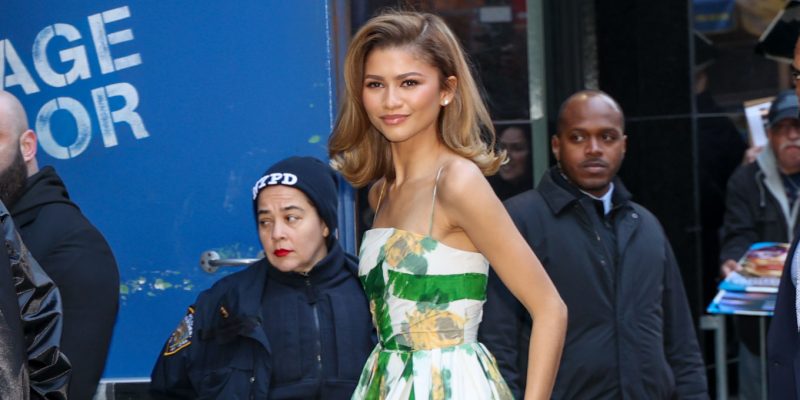
Fashion
Zendaya Welcomes Spring in a Retro Floral and Tulle Dress
Another day, another preppy tennis-core look.
by : Briannah Rivera- Apr 23rd, 2024
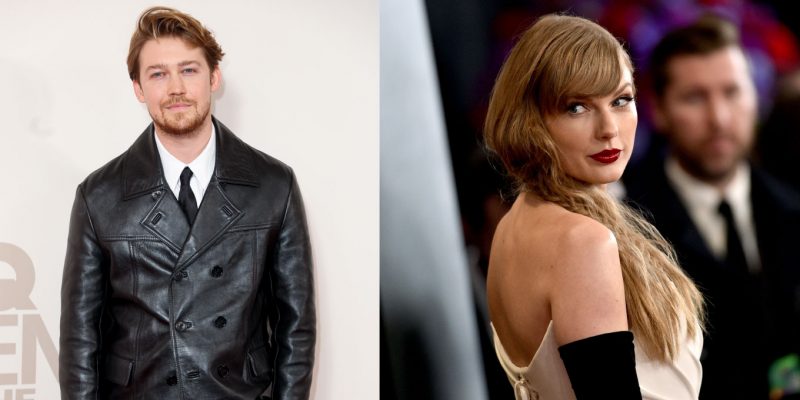
Culture
A Joe Alwyn Source Explains Why He Didn’t Want to Talk About Dating Taylor Swift
Following the release of The Tortured Poets Department, new insight about the British actor’s decision emerges.
by : Alyssa Bailey- Apr 23rd, 2024
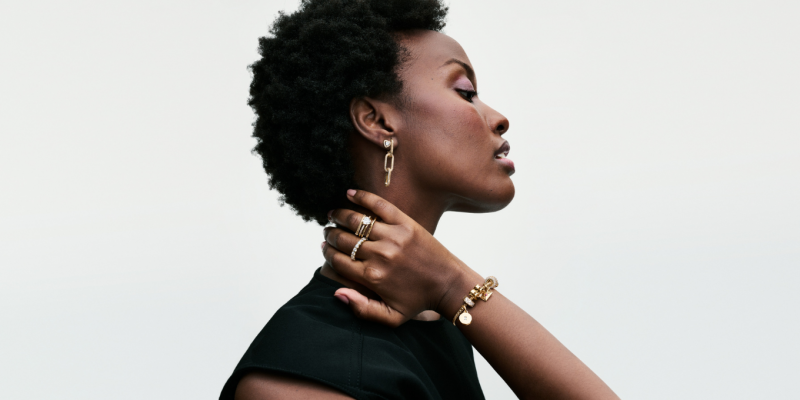
Fashion
This Jewellery Brand Has a Whole New Look And It’s Everything
Here are the seven pieces we’re coveting.
by : ELLE Canada- Apr 10th, 2024



